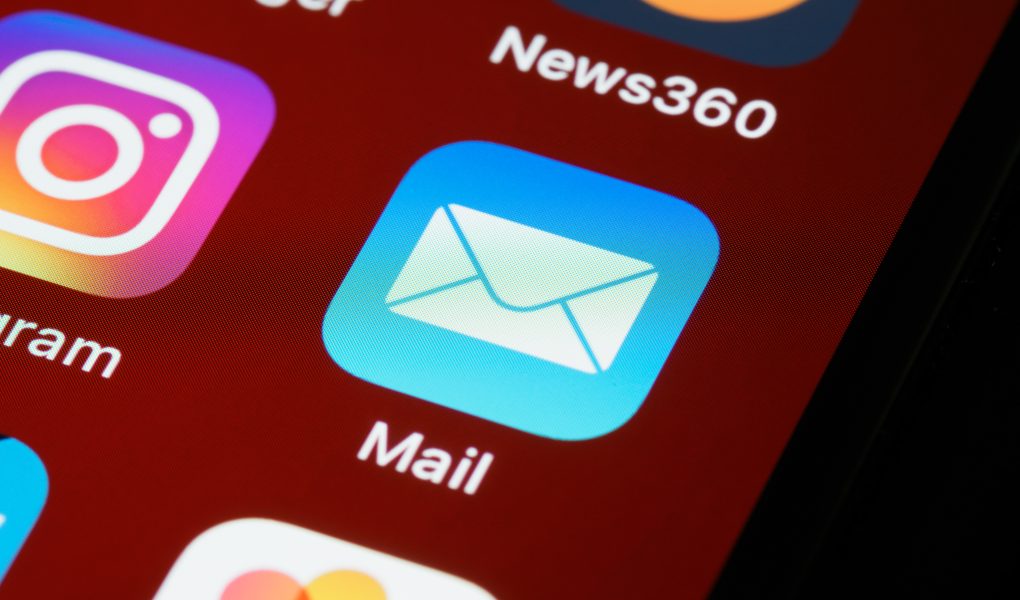In today’s digital era, email marketing has become an essential tool for businesses to engage with their customers and drive conversions.
Crafting compelling content for email campaigns can be time-consuming and challenging, but with the advent of AI-powered language models like ChatGPT, the process can be streamlined and made more efficient.
In this tutorial, we will explore how to utilize ChatGPT to generate content for email marketing campaigns, saving you valuable time and resources.
What is ChatGPT?
ChatGPT is an advanced language model developed by OpenAI. It is trained on a massive dataset of text from the internet and is capable of generating coherent and contextually relevant responses.
This AI model can be used to generate human-like text across a wide range of applications, including email marketing.
Why Use ChatGPT for Email Marketing?
Using ChatGPT for email marketing campaigns offers several advantages:
- Time-saving: Generating content manually can be time-consuming, especially when dealing with a large subscriber base. ChatGPT can quickly generate text, allowing you to focus on other important aspects of your campaign.
- Consistency: ChatGPT can maintain a consistent tone and voice throughout your email marketing content, ensuring a cohesive brand experience for your subscribers.
- Variety: By leveraging ChatGPT, you can generate diverse content ideas and experiment with different approaches to engage your audience, leading to increased open rates and click-through rates.
- Efficiency: With ChatGPT, you can overcome writer’s block and generate ideas on-demand, resulting in a more efficient content creation process.
Now that we understand the benefits of using ChatGPT for email marketing campaigns, let’s dive into how to utilize this powerful tool effectively.
Step 1: Setting up the Environment.
Before we start generating content with ChatGPT, we need to set up our development environment. Make sure you have the necessary dependencies installed and set up the OpenAI API key in your environment.
Step 2: Generating Email Marketing Content.
To generate email marketing content using ChatGPT, we will utilize the openai.Completion.create() method, which sends a prompt to the ChatGPT model and receives a text completion in response. This API call allows us to generate human-like text based on the given prompt.
When using ChatGPT, it’s important to provide clear instructions and prompts to get the desired output. Consider the following best practices:
- Define the Objective: Clearly state the goal or purpose of the email. For example, if you’re promoting a sale, mention that you want a persuasive and engaging email that highlights the key benefits of the sale.
- Provide Context: Give some background information to help ChatGPT understand the context. This could include details about the target audience, the products or services being promoted, and any unique selling points.
- Specify Length and Tone: Specify the desired length of the email and the tone you want to convey. For example, if your brand is known for being playful and informal, mention that you want the email to reflect that tone.
- Iterate and Refine: Generating text with ChatGPT may require iteration and refinement. Experiment with different prompts and adjust parameters such as temperature and max tokens to get the desired output.
Remember to be specific in your instructions and provide as much guidance as possible to ensure the generated content aligns with your brand and marketing goals.
Step 3: Incorporating Generated Content in Email Campaigns.
Once you have generated email marketing content using ChatGPT, it’s time to incorporate it into your email campaigns.
Here are a few tips to consider:
- Personalization: Use merge tags or dynamic content to personalize the email by including the recipient’s name or other relevant information. This can help increase engagement and make the email feel more tailored to the individual.
- Call-to-Action (CTA): Ensure your email has a clear and compelling call-to-action that encourages recipients to take the desired action, whether it’s making a purchase, signing up for a webinar, or subscribing to a newsletter. Craft the CTA in a way that aligns with the generated content.
- A/B Testing: Experiment with different variations of the generated content to identify which version performs better. Test different subject lines, introductions, or CTAs to optimize your email marketing campaigns.
- Segmentation: Consider segmenting your email list based on different customer attributes or behaviours. You can use the generated content to create tailored emails for each segment, improving relevancy and increasing conversion rates.
By incorporating the generated content strategically and following email marketing best practices, you can maximize the impact of your campaigns and achieve better results.
Conclusion.
Leveraging AI-powered language models like ChatGPT can significantly streamline and enhance the process of generating content for email marketing campaigns. The time-saving benefits, consistency in tone, variety of content ideas, and overall efficiency make ChatGPT a valuable tool in your email marketing arsenal.
Remember to set up your environment properly, provide clear prompts and instructions to ChatGPT, and incorporate the generated content into your campaigns while following best practices.
With ChatGPT’s assistance, you can create engaging and persuasive email marketing content that resonates with your audience, leading to increased open rates, click-through rates, and conversions.




